Colonial photographic archives reverberate with the horrific and the banal. They house the deeply troubling and the dull. Namibia’s violent past has generated vast image archives, often with little context, racist labels, and racialising aesthetics. Landscapes, in particular those devoid of people and habitation, are a prominent colonial photography trope which helped to spread the false terra nullius narrative.
Taken between November, 1953 and April, 1954 in the modern Oshikoto, Omaheke, Kavango, and Otjozondjupa regions, before and during the 1953-1954 rainy season, the landscapes show the “Native Reserves” which confined indigenous Namibians within colonial borders. The men depicted in the “road series” are so-called migrant contract workers from homelands in the North en route to mines and industries in the south of the country, and further on in South Africa.
In recirculating these images the prejudices of the men and women behind the camera are carefully noted. The silent voices beyond the frame find curious and patient ears. The quiet absences are added to the roll call of the past.
Like rain, fluid and flowing, history flows on and on.
For a brief instant we are able to trap it, dam it in a puddle, or a bucket, and look at our reflection.
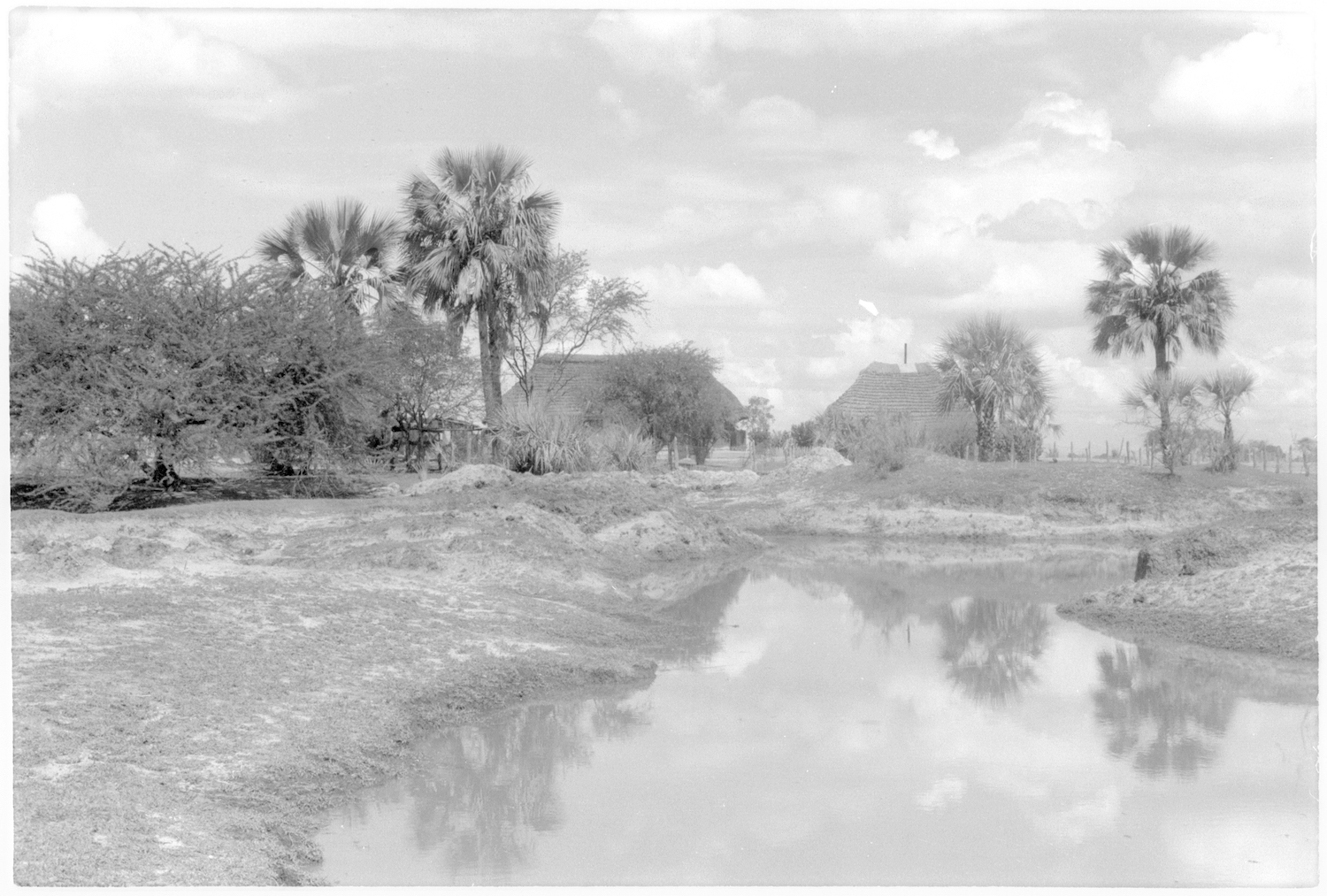
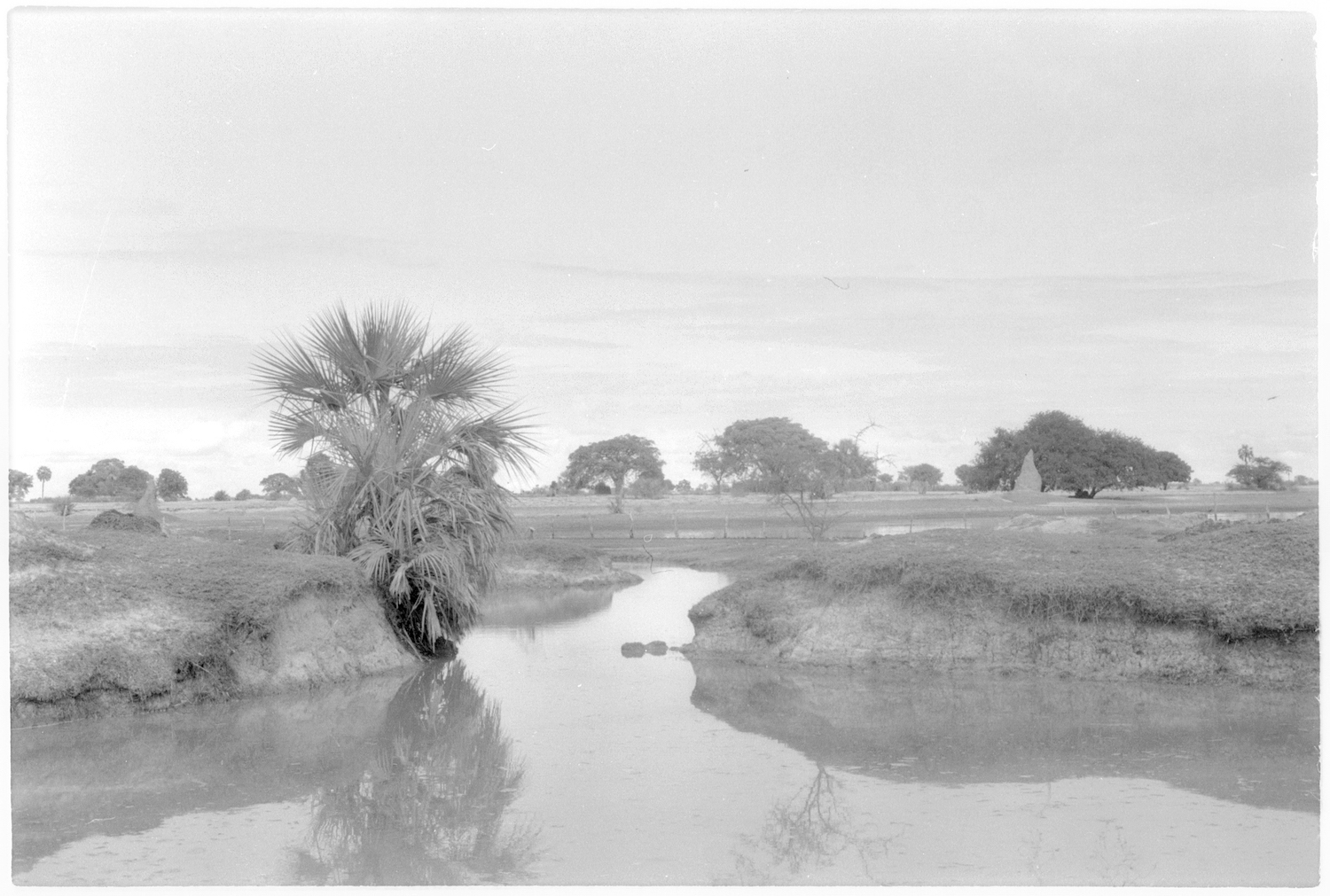
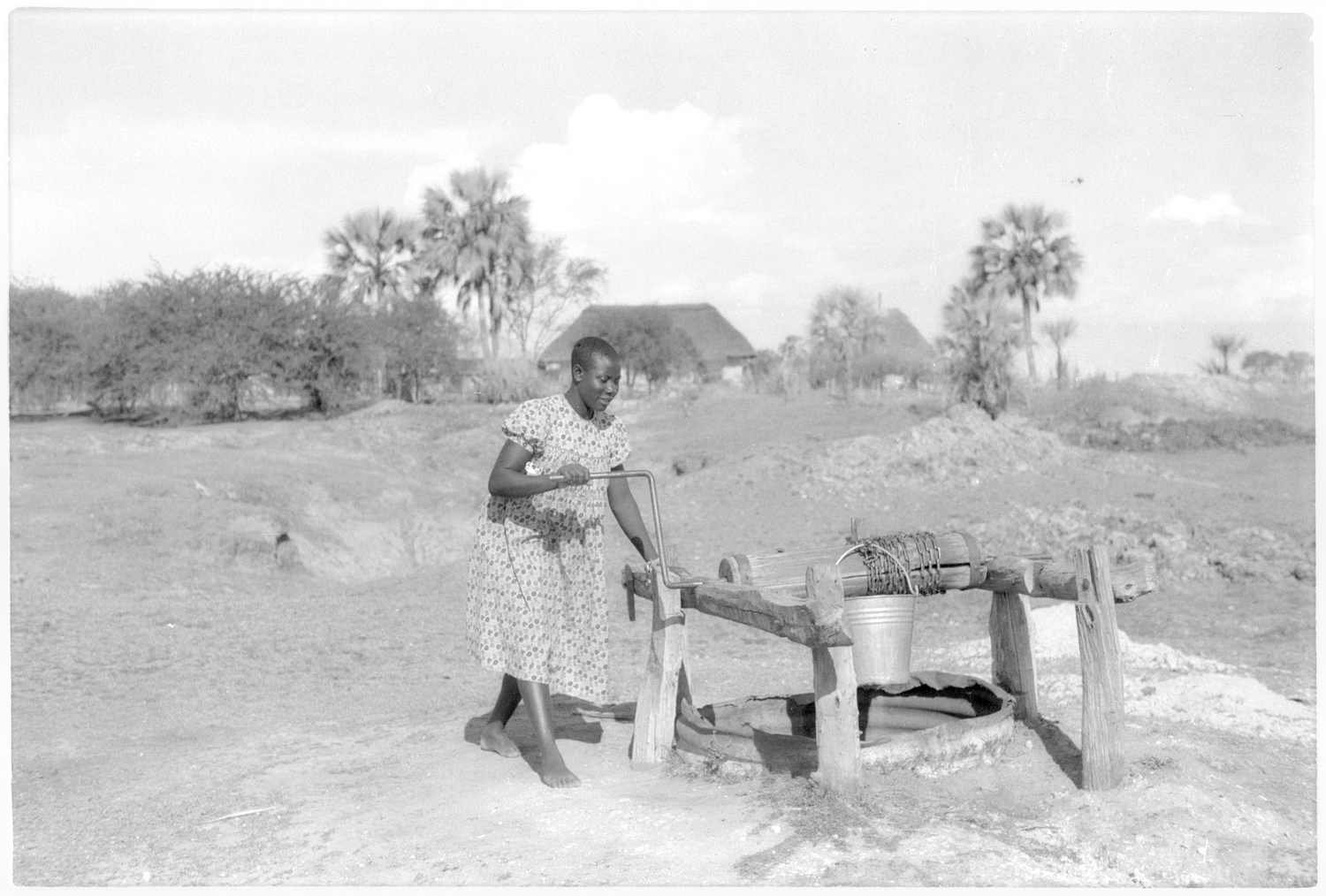
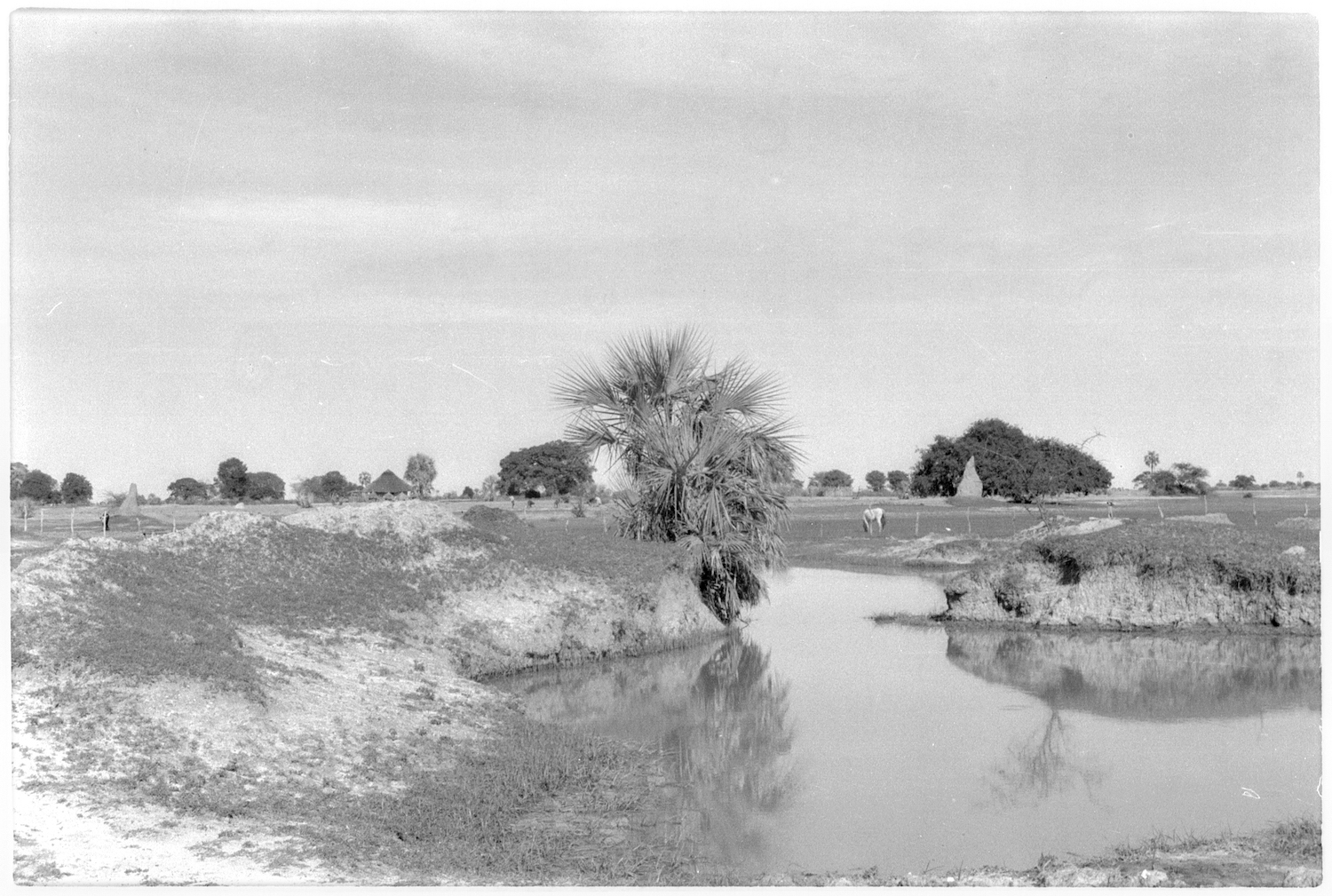
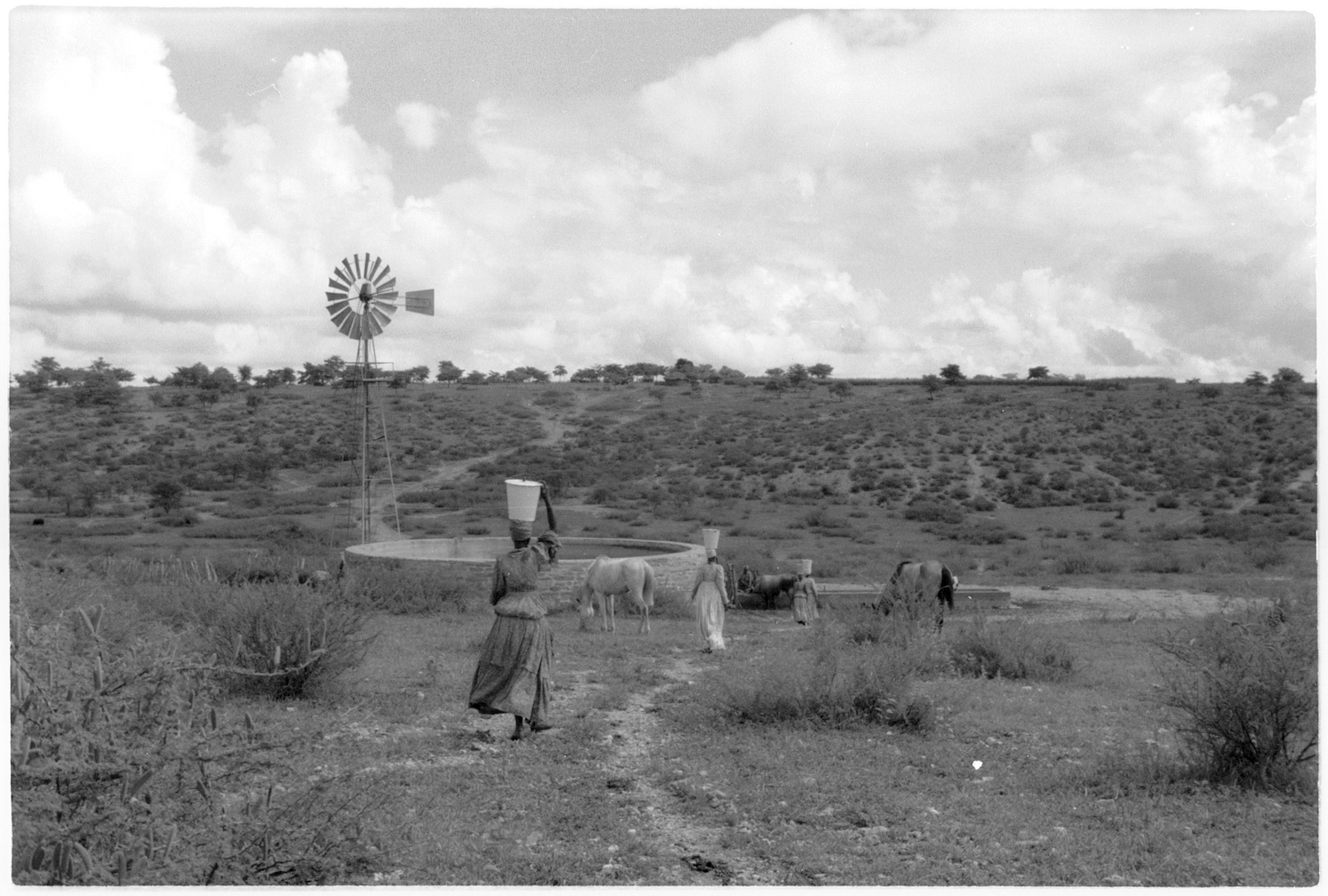
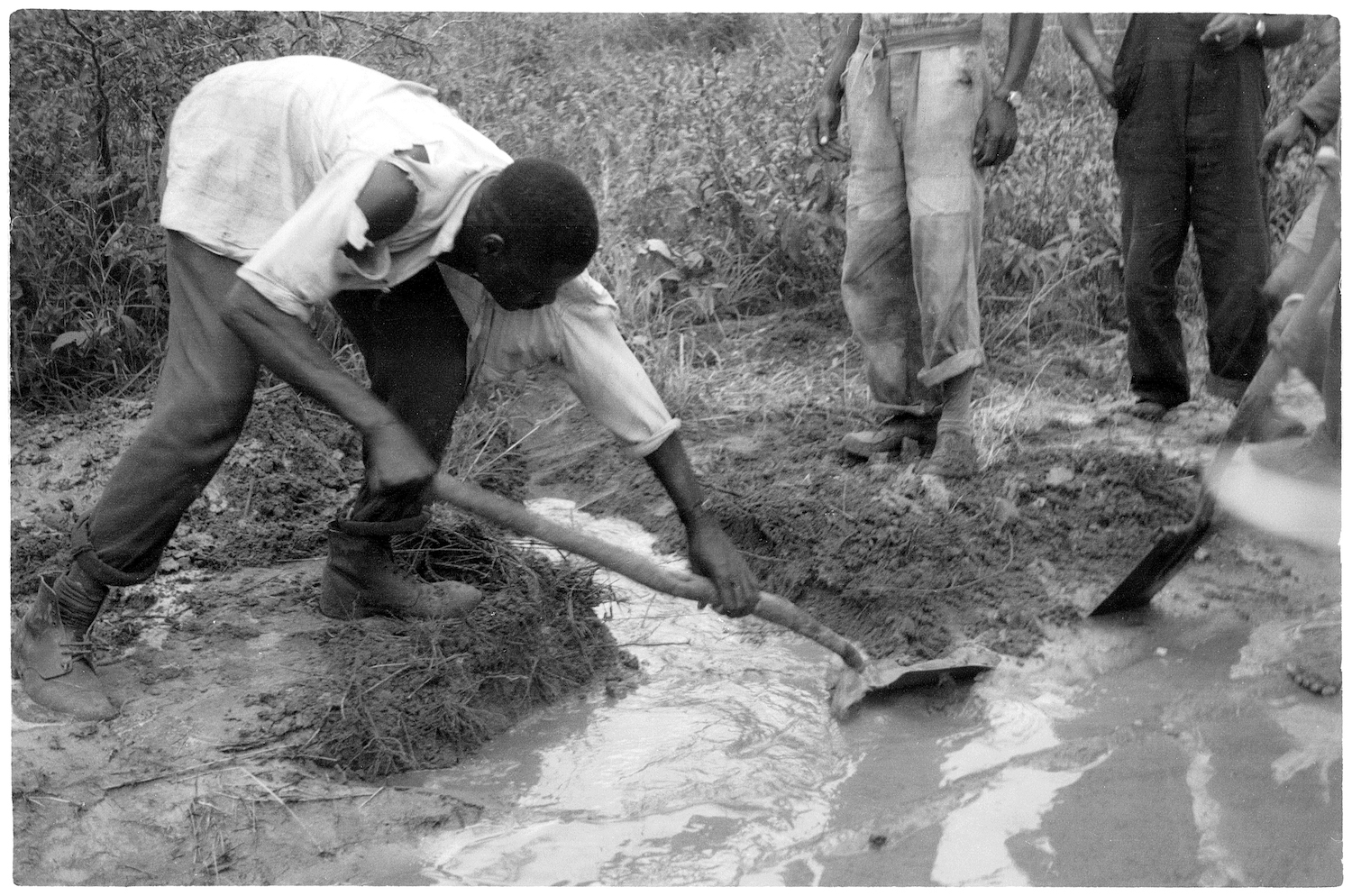
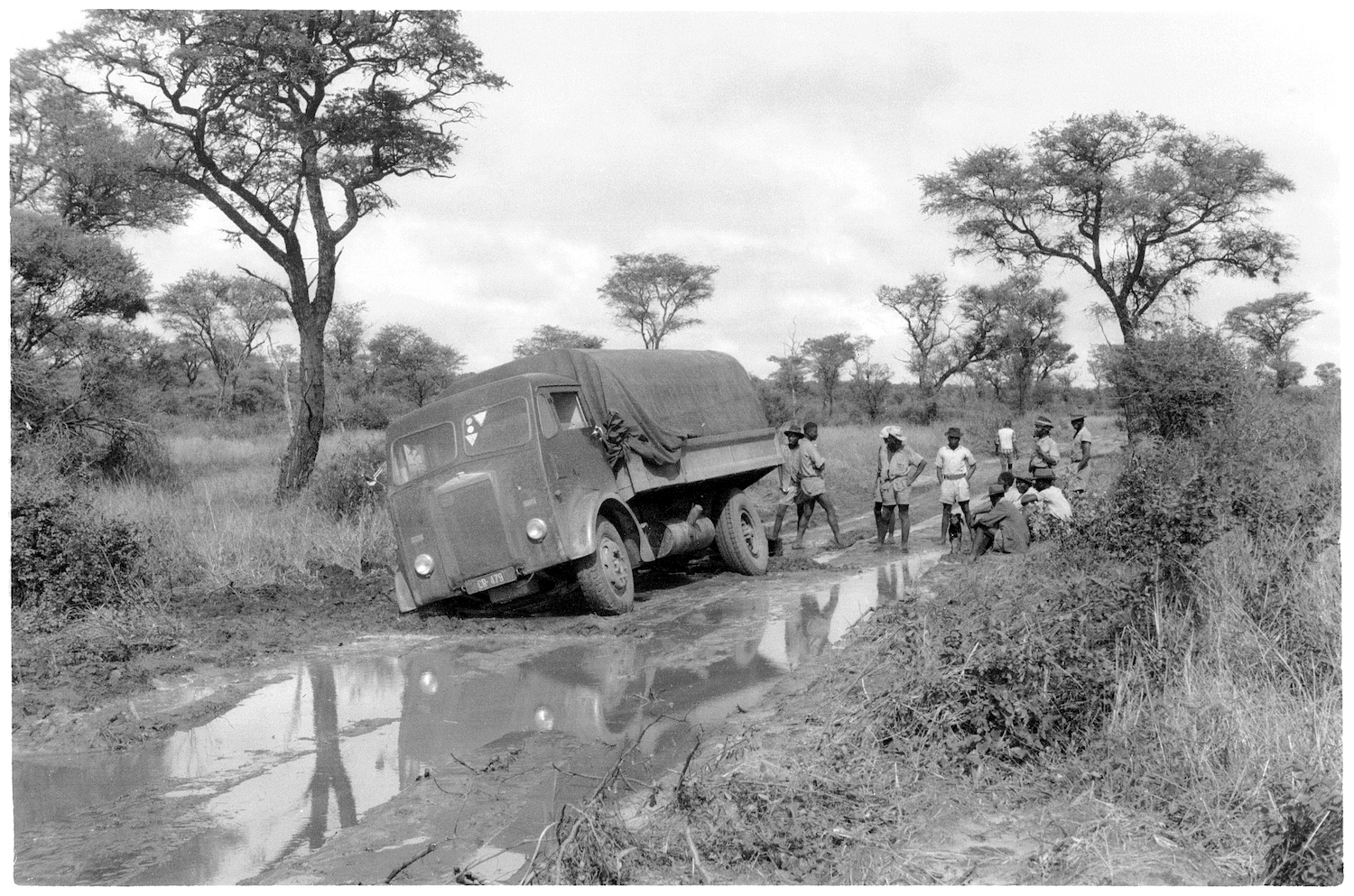
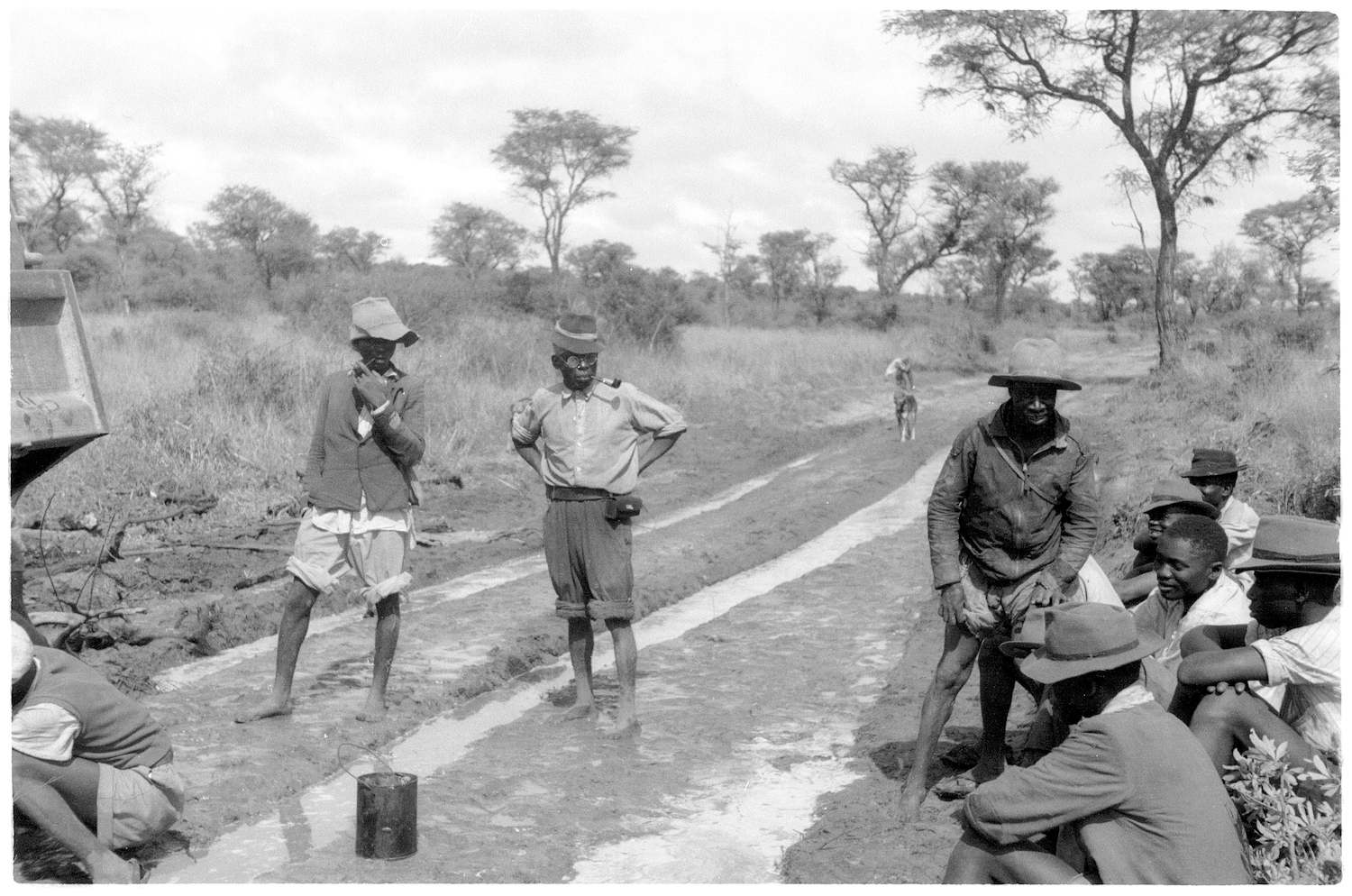
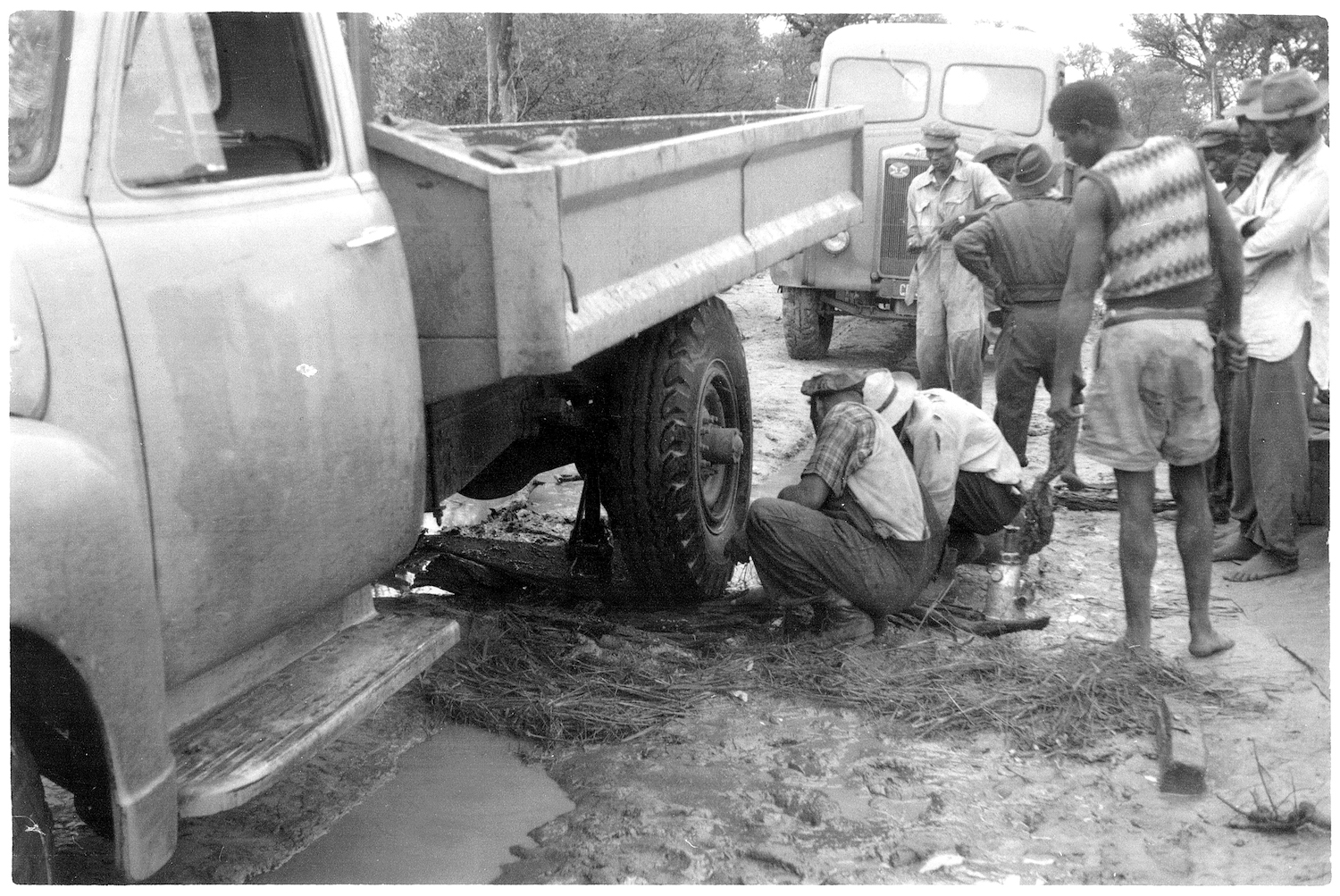
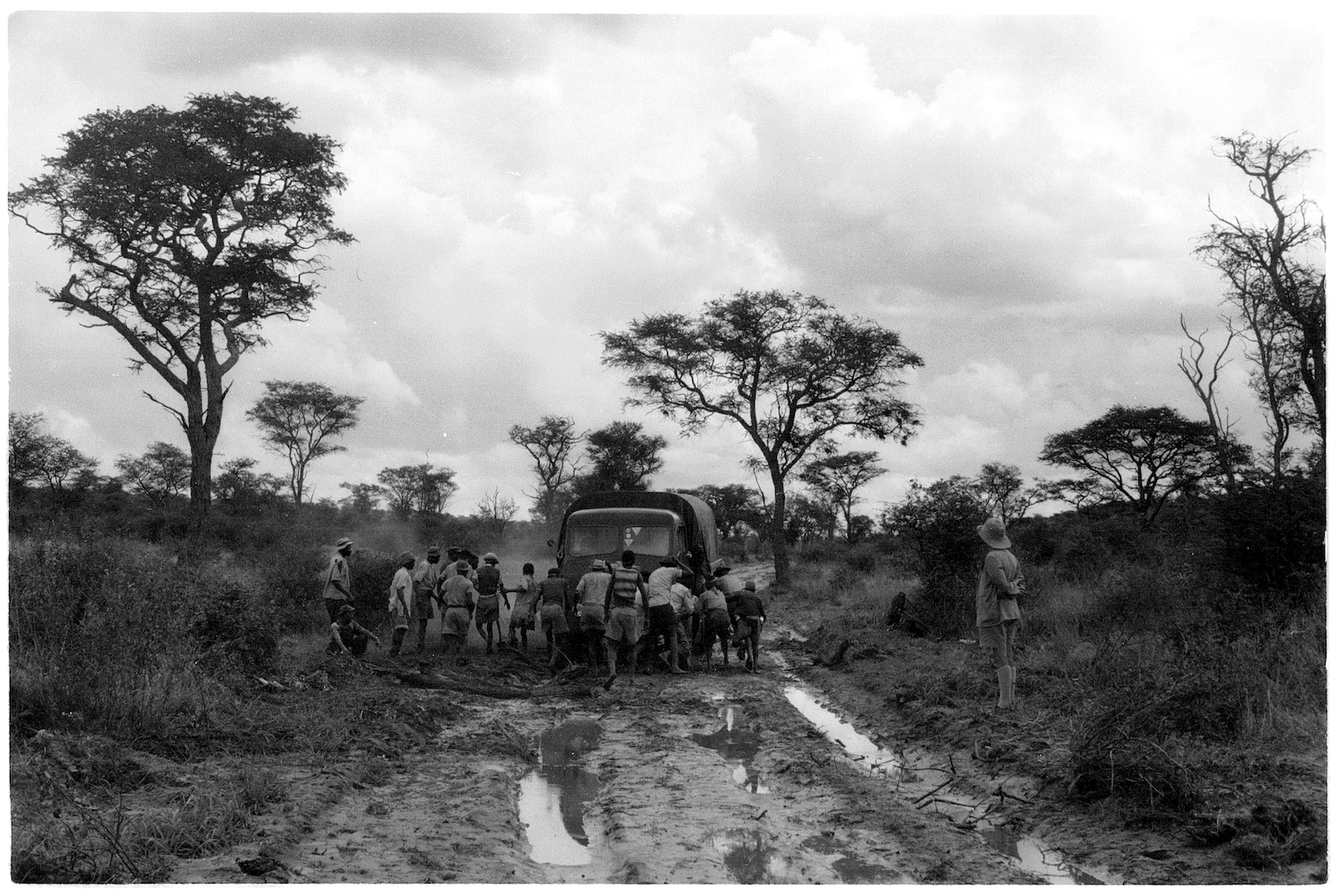
Ruth Dammann (1911-1995) was a German photographer who, with her husband Ernst Dammann, a linguist and theologist, conducted an extended research trip to Namibia to record African languages and orality. Dammann photographed intensively, using her camera as a personal visual diary. The research trip took place in the context of South African controlled, racist, apartheid, and reserve policies which the Dammann couple (with a personal history as Nazi-supporters) supported sternly. The Dammann Archives are housed at the Basler Afrika Bibliographien, Namibia Resource Centre & Southern Africa Library in Switzerland. The Visual History Lab (VHL), a student initiative at the University of Basel, in collaboration with the Museums Association of Namibia, has recently launched the website https://namibia1953.com/ to open the Dammann archives and its African biographies to a broader public.
***
The publication of these images was made possible by the generous assistance of Dag Henrichsen, a Namibian historian at the Basler Afrika Bibliographien (BAB) – Namibia Resource Centre & Southern Africa Library in Switzerland. BAB is the largest Namibia documentation centre outside Namibia. Its vast library and archive holdings are mainly used by scholars working on Namibian historical topics with its website providing information ranging from catalogues, books, comics, posters, photographs, and audio-visual recordings from Namibia.